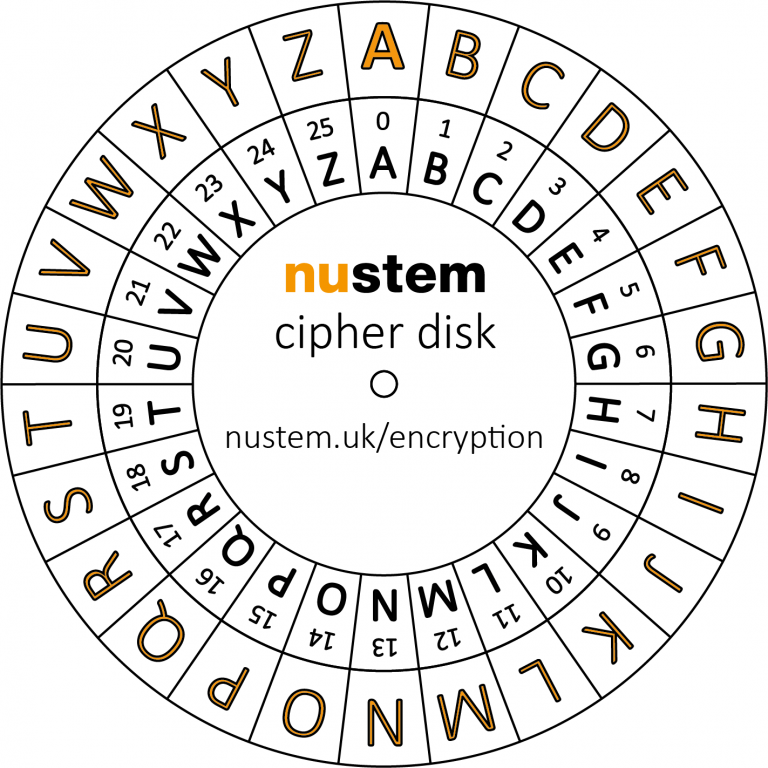In the realm of cryptography, a cipher round serves as a fundamental building block for securing information. Picture it as a robust chamber within a fortified castle, where the secrets of the kingdom are safeguarded from prying eyes. Each round is a meticulously orchestrated process designed to encrypt data, transforming it into an unreadable format. Therefore, understanding the intricacies of a cipher round unveils the sophistication and security inherent in encryption techniques.
The process of a cipher round involves a series of mathematical transformations and substitutions applied to the plaintext—unencrypted data. These transformations entail various operations: substitution, permutation, mixing, and key addition. Each transformation acts like a guardian, layering the data with diverse mechanisms that collectively obfuscate its original meaning. As with a skilled magician, the journey from plaintext to ciphertext demands seamless transitions that enhance the illusion of security.
At the heart of every cipher round is the concept of key material, akin to an alchemist’s secret formula. The encryption key, a string of bits dictated by the algorithm, defines how the transformations will occur. Just as an alchemist possesses exclusive knowledge, so too does the cryptographer dictate the rules according to which the data will be manipulated. Herein lies a paradox: the strength of the encryption is directly proportional to the secrecy of the key. If one were to consider each round as a page in a grimoire, the key reveals the spells used to conjure invisibility.
However, standing alone, a single round of encryption does not bestow sufficient protection. The vulnerabilities inherent in mechanisms—characterized by their dependence on mathematical principles—can be easily exploited. Imagine a fortress with only a single wall; clever adversaries will find a way to penetrate it. Thus, repetition emerges as a fundamental principle in robust cryptography. Multiple rounds pile upon one another, creating a complex tapestry of transformations. With each successive round, the data becomes less recognizable, layered deeper within the fortress walls.
The process of utilizing multiple rounds can be analogous to preparing an exquisite dish. Just as chefs blend flavors in meticulous succession, cryptographers execute a series of transformations that intermingle. This gastronomic metaphor illustrates that repetition bestows depth and richness to the encryption. The repeated application of different transformations transforms each round into a layered shield, each layer melding into the next and complicating any attempts to decode the information without the key.
Furthermore, this notion of repetition is not merely a functional aspect; it cultivates an intrinsic unpredictability. Each round introduces various dynamics into the equation, manipulating the spectrum of possible outputs. Cryptographers often utilize a combination of Feistel networks and substitution–permutation networks, both of which reinforce the principle of redundancy. Randomness becomes a paramount virtue; even if one transformation is undermined, the subsequent rounds continue to offer protection. The ciphers are designed in such a way that they expand exponentially in complexity with each repetition, making the task of decryption all the more formidable.
Nonetheless, one must tread carefully on the path of redundancy. Overzealous repetition can inadvertently lead to diminishing returns. The art of balancing the number of rounds is critical. Too few rounds leave the cipher vulnerable, while an excessive number may produce unnecessary computational resources, not to mention the potential pitfalls of timing attacks if the encryption process takes discernibly longer than standard operations. Within this chiaroscuro of cryptographic design lies the wisdom of moderation.
Moreover, the significance of a cipher round transcends its technical underpinnings. Viewed philosophically, each round symbolizes the struggle between order and chaos. Data inherently seeks meaning and coherence; yet, the cipher rounds impose a façade of disorder, cloaking that meaning in an intricate web. It is within this tension that the cipher embodies a broader narrative about the quest for security in an increasingly digital world.
In conclusion, cipher rounds serve not simply as mere steps in an algorithm but as profound constructs within the vibrant tapestry of cryptographic security. Through the repetition of transformations, data is cloaked in layers of obfuscation that enhance its fortitude against inquisitive adversaries. This intricate dance of mathematical operations reflects humanity’s enduring desire to protect its most precious secrets. The allure of exploring cipher rounds lies in their bridging of the technical and the poetic—a compelling reminder that beneath the surface of complexity lies the pursuit of safety and privacy.








Leave a Comment